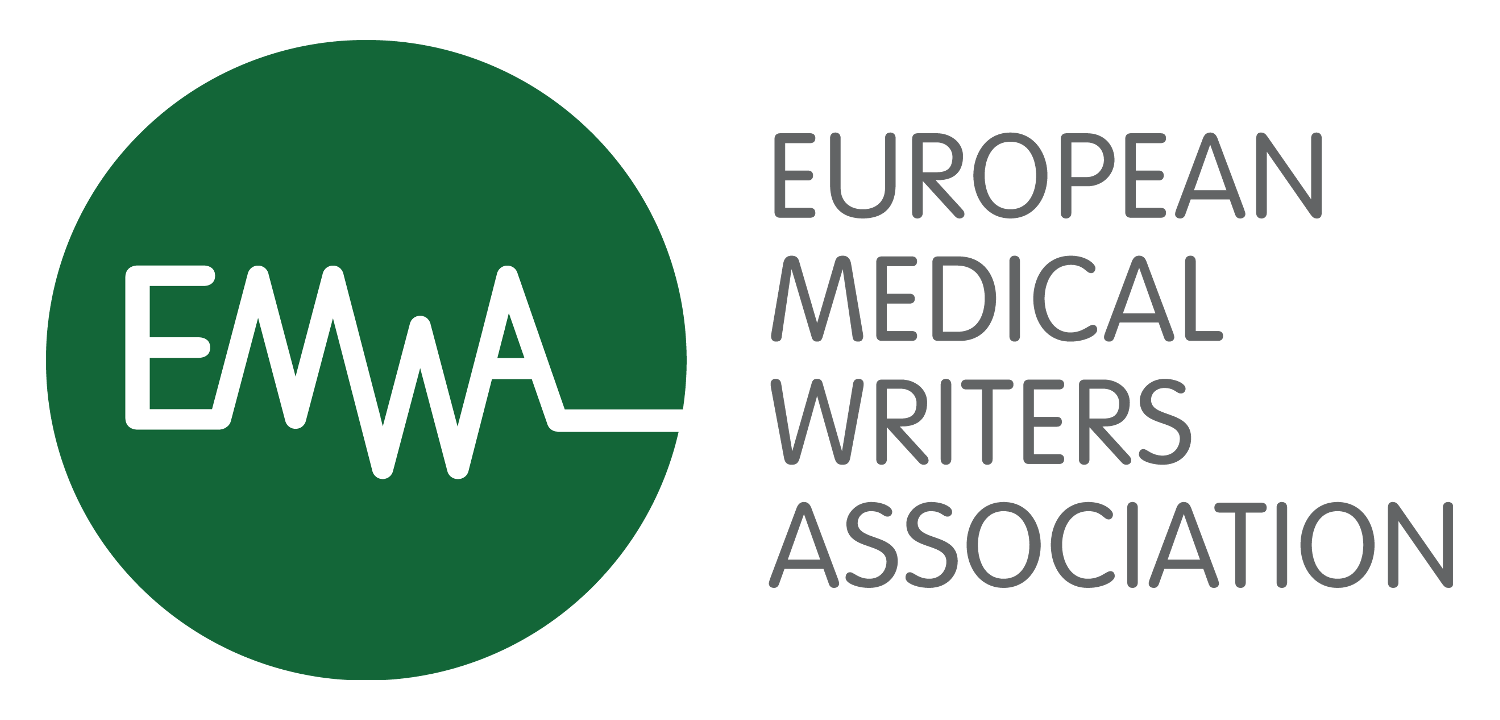Impact of EU-CTR on Medical Writers and Medical Writing Processes
8:55 AM - 9:40 AM
The regulatory landscape for clinical trials conducted in the European Union (EU) is going through a major transformation. On January 31, 2022, the European Medicines Agency (EMA) Clinical Trial Regulation (CTR) 536/2014 became effective, with the goal of improving transparency of clinical trials among the public and harmonising submission processes within the EU. From January 2023, all new studies are required to start under EU CTR.
The Clinical Trial Information System (CTIS) registration portal is live. Using this, sponsors will upload documents from the initial clinical trial application (CTA) through to study completion. The CTIS database will be a repository for all relevant information related to a clinical trial conducted in the EU – including the protocol, investigator brochure, scientific summary, clinical study report, recruitment plans, investigator CVs and insurance coverage. All these documents will be made publicly available following appropriate redaction of information to protect personal data (PPD) and commercially confidential information (CCI). They must also be prepared for disclosure within very tight timelines.
With the requirement to disclose so many clinical documents, sponsors are starting to think carefully about how to reduce the amount of PPD and CCI in documents as they are written. Therefore, medical writers need to consider implementing principles of lean writing to prepare disclosure-ready documents. This requires a thorough assessment and revision of current practices, in-house templates, style guides, and writing conventions. This will help to restrict PPD and CCI to that which is mandatory. The documents produced will be less complex and will support more efficient and timely preparation of CTAs.
This session provides an overview of important new regulations and policies and discusses opportunities for medical writers working in the context of a new regulatory environment that requires balancing increased public disclosure of information with greater privacy protections for individuals.


